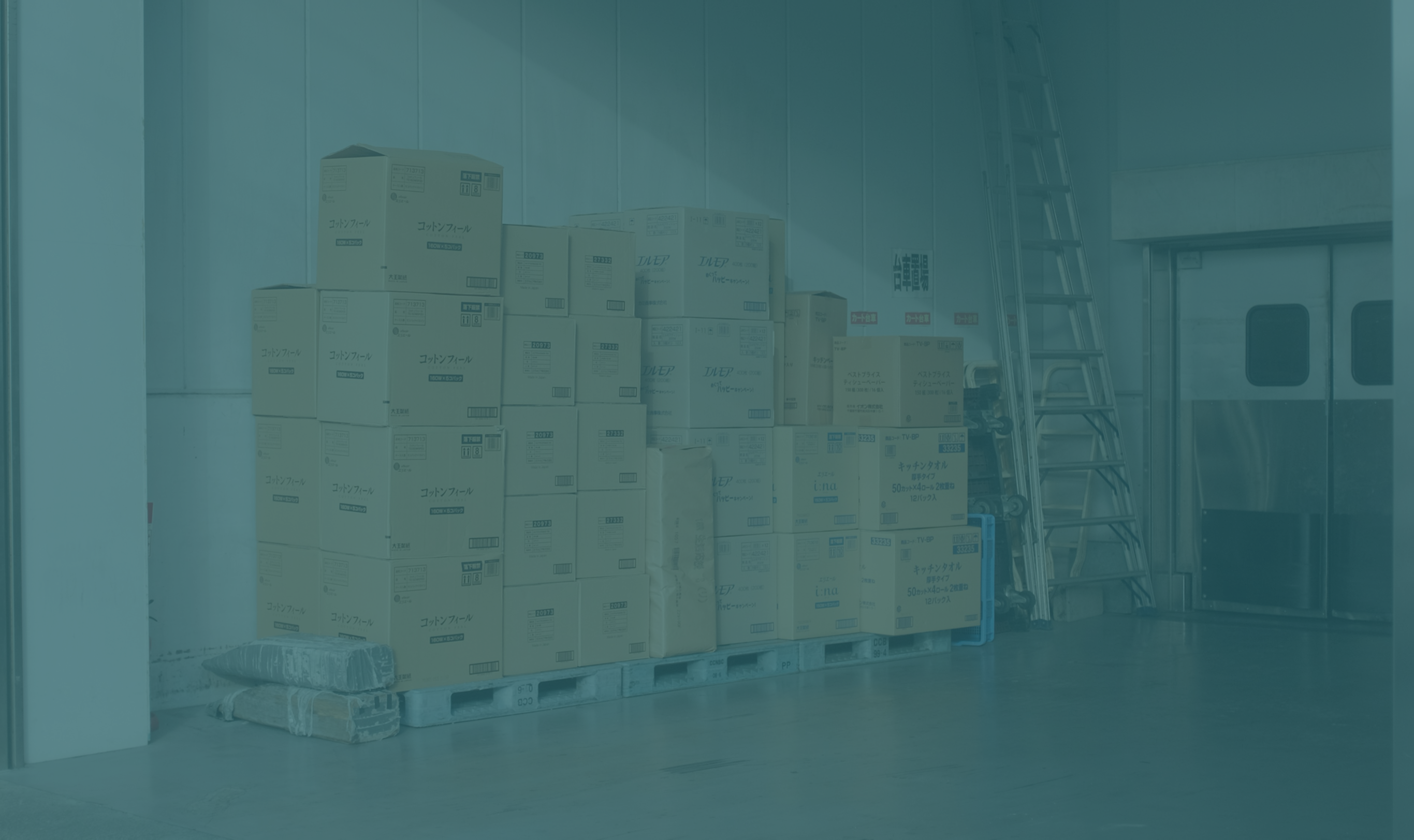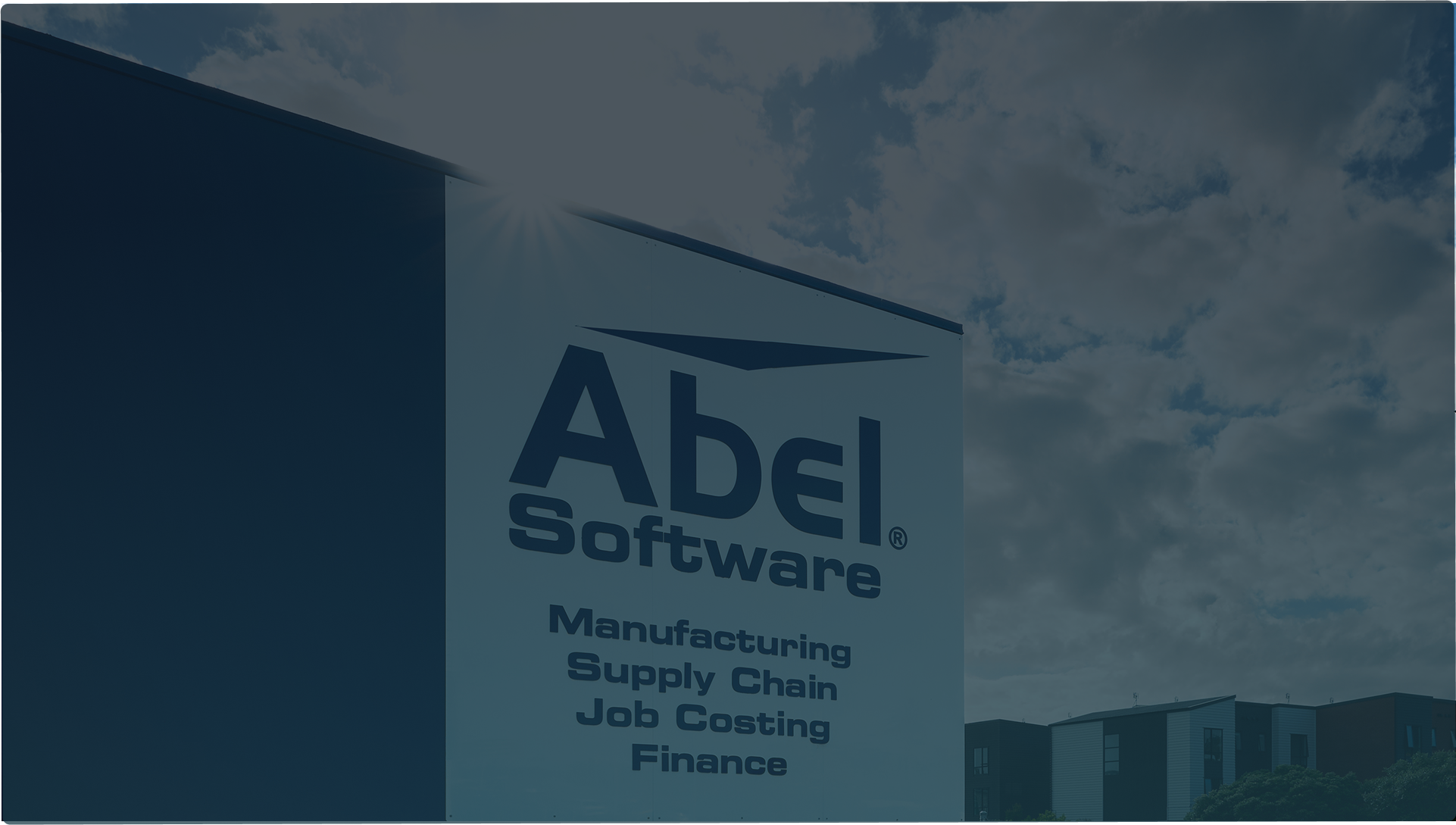If you would prefer to listen to the audio version of this blog, use the media player below.
3PL alone isn’t enough
A fully automated 3PL warehouse is the dream, right?
- No overflowing inventory.
- No lost hours sending individual shipments.
- No missing or delayed orders.
The thing is, just signing up for 3PL warehousing won’t get you there.
To reach this higher plane of automation demands a warehouse that integrates with your inventory management system and automates as much as possible.
We’ve helped a bunch of companies integrate their 3PL warehouses and some common themes and questions often pop up.
So here’s our take on integrating 3PL warehouses with your ecommerce systems.
And, if you’re still deciding if 3PL is right for you, we’ve got a handy guide here.
“Cheapest” is cheapest for a reason
You can sidestep many 3PL problems just by choosing the right system.
When choosing a 3PL warehouse, a rule of thumb we go by is: If you’re optimising for low costs, expect low quality.
That is, if you’re paying less, you’re probably going to run into one or more of these problems:
- Damaged stock.
- Missed delivery targets.
- Limited capabilities.
Worse though, ill-equipped 3PL warehouses can limit your ability to integrate with ecommerce systems, killing any chance of automating your supply chain.
It pays to do your due diligence in finding out what a 3PL warehouse can (and can’t) do before you buy -- because switching to another 3PLs later means arduously moving stock to a new location and likely updating all your systems.
Automate what’s important
1. Get real-time visibility over inventory
A lack of visibility over large order volumes often results in oversold or undersold stock.
If your website indicates a product is out of stock when it’s actually sitting in your 3PL warehouse, you’re missing sales.
On the flip side, if customers pay for orders that can’t be fulfilled, they become understandably frustrated.
Simple integration between your website, ecommerce platform and your 3PL warehouse can circumvent the whole issue, as you’ll see in the diagram below. Directly feeding data between these key systems, improves both stock visibility so you don’t undersell and real-time order visibility for your customers so they don’t get upset and leave.

2. Eliminate manual 3PL orders
How much of your 3PL order fulfilment process is manual? If it’s more than zero, you’re heading for a whole lot of pain.
It means you’re the bottleneck in your operation that slows progress and potentially adds errors. And that’s a big deal because it dictates how your customers feel about your service -- and if they'll come back.
What’s more, as your operation grows, so too does your manual workload and potential for more delays and errors.
Well thought out 3PL integration takes this manual work off your plate. By automating messages between your ecommerce platform (like Shopify or WooCommerce) and 3PL warehouse, you can automatically relay order and tracking information directly to your customers.
This not only removes your manual-input bottleneck, but it also gives you and your customers visibility and assurance that each order is being fulfilled.
3. Simplify bundled complexity
When selling bundled or customised products through a 3PL supplier, unmanaged complexity can lead to confusion and mix-ups.
Though a customer only ordered ‘one ‘item’, your 3PL supplier has to piece together any number of products that make up that ‘one item’.
Or in the case of customised products -- like clothing with personalized names -- individually explaining what’s to be printed on each item is a load of manual effort that risks costly errors.
Custom-logic 3PL integrations simplify the whole process, as the below example shows. So rather than manually communicating custom orders, your inventory management system feeds automated breakdowns directly from the customer inputs to your 3PL supplier. Communicating exactly what’s in a bundle (or what to print on custom clothing) at the SKU (stock-keeping unit) level entirely eliminates manual input and the errors it creates.

Integration defines your growth trajectory
The growth of your ecommerce business comes down to your ability to meet customers’ expectations.
And if you’re attempting to meet all of those expectations manually, you’ve put a ceiling on how much your business can grow.
When you look at any ecommerce businesses that thrive at scale, the common theme is almost always tightly automated systems that streamline processes and eliminate manual processes. While a quality 3PL warehouse is an important step, decent integration that connects it to your ecommerce platform unlocks the efficiency and visibility automation offers.
If integration is a step you’re ready to take, Crossfire is a fully managed supply chain integrations specialist with experience across most industries and business models. Get in touch with our friendly team.




